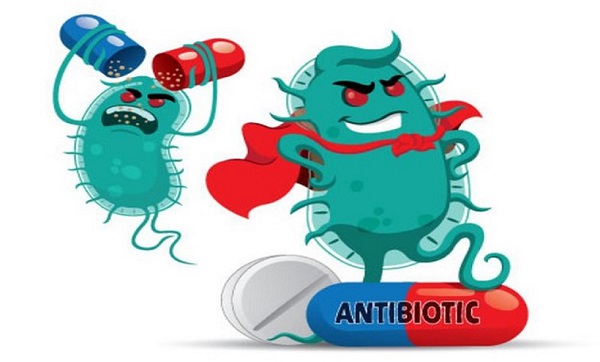
A new study has revealed that antimicrobial resistance (AMR) continues to spread persistently through the environment, despite notable reductions in antibiotic prescriptions, raising fresh concerns about the complexity of tackling what remains one of the world’s deadliest public health threats.
The research, led by scientists at the University of Bath and published in the Journal of Global Antimicrobial Resistance, was made available to journalists on Thursday in Abuja.
It highlights that reducing antibiotic use alone may not be sufficient to curb the rising threat of AMR, which the World Health Organisation estimates contributes to over five million deaths globally each year.
The study involved detailed wastewater analysis in collaboration with Wessex Water. Over two years, samples were collected from four wastewater treatment plants in southwest England. Researchers examined antibiotic concentrations and the presence of resistance genes, comparing the results with pre-pandemic data and prescription trends.
Director of the Centre of Excellence in Water-Based Early-Warning Systems for Health Protection (CWBE), Prof. Barbara Kasprzyk-Hordern explained that although prescriptions fell between 2017 and 2019 and fewer antibiotics were detected in wastewater, this did not translate into a drop in AMR gene levels.
She added that the team observed only a temporary decline in resistance genes during the 2020 COVID-19 lockdowns, likely due to limited human movement and interactions. However, both antibiotic usage and AMR gene levels rebounded once lockdown restrictions were lifted.
“These findings suggest that environmental transmission of resistance plays a far bigger role than previously understood,” Kasprzyk-Hordern noted. “It’s not just about the quantity of antibiotics we consume – once resistant genes enter the environment; they can spread swiftly among bacterial populations.”
The researchers emphasise the urgent need for a comprehensive One Health approach that bridges human, animal and environmental health interventions to address AMR effectively.
CWBE is advancing this through its newly launched “living lab,” designed to monitor early signs of pathogen spread and chemical exposure and link this information directly to public health outcomes.
First author of the study, Dr. Like Xu described wastewater-based epidemiology as a “cost-effective surveillance tool” for understanding and managing resistance trends. “This method can support real-time public health decisions and guide policymakers towards timely interventions,” he said.
The study’s findings underscore the importance of global and cross-sector collaboration to stop the silent spread of AMR, not only in hospitals and farms but through water systems that connect entire populations.
Experts remind the public that AMR arises when bacteria, viruses, fungi and parasites evolve to resist the drugs designed to kill them, resulting in infections that are increasingly difficult, or sometimes impossible, to treat.
AMR causes longer hospital stays, higher treatment costs, and elevated death rates. In Nigeria alone, AMR was linked to over 263,000 deaths in 2019, more than deaths caused by malaria and tuberculosis combined.
Major drivers include the misuse and overuse of antibiotics in people and animals, poor infection control in health facilities, weak regulation enforcement, and indiscriminate drug use by the public.
Health experts stress that tackling AMR requires all hands on deck – from human and veterinary health to agriculture, the environment, and especially the private sector, which provides over 60 per cent of healthcare services in Nigeria.

